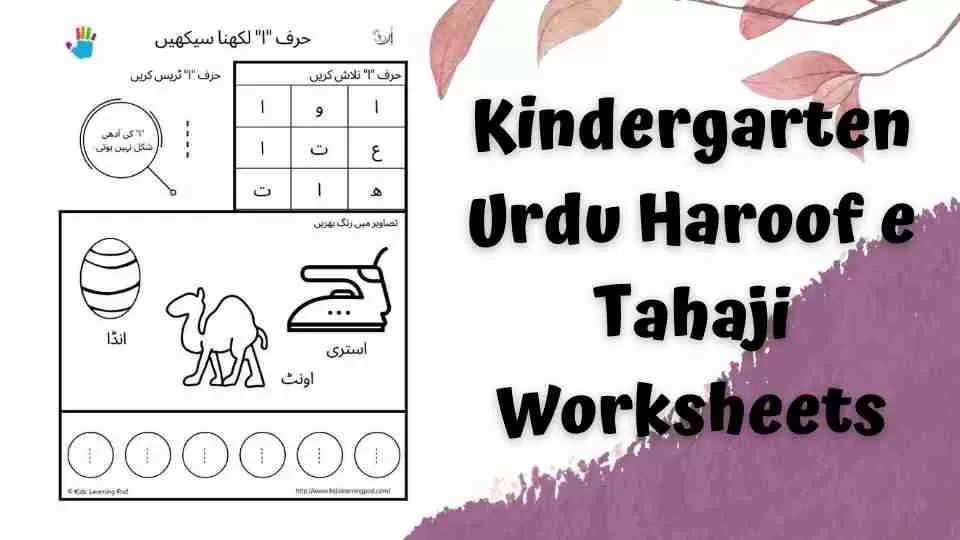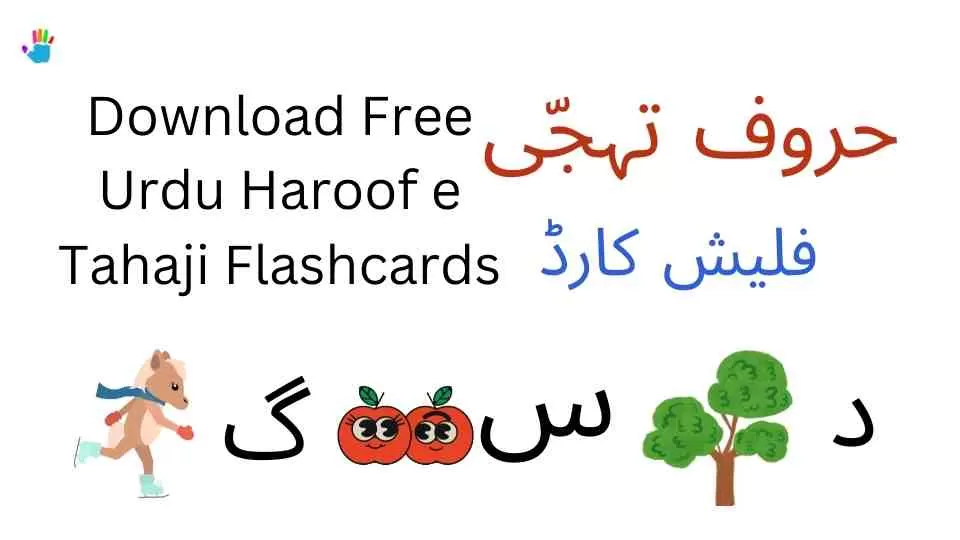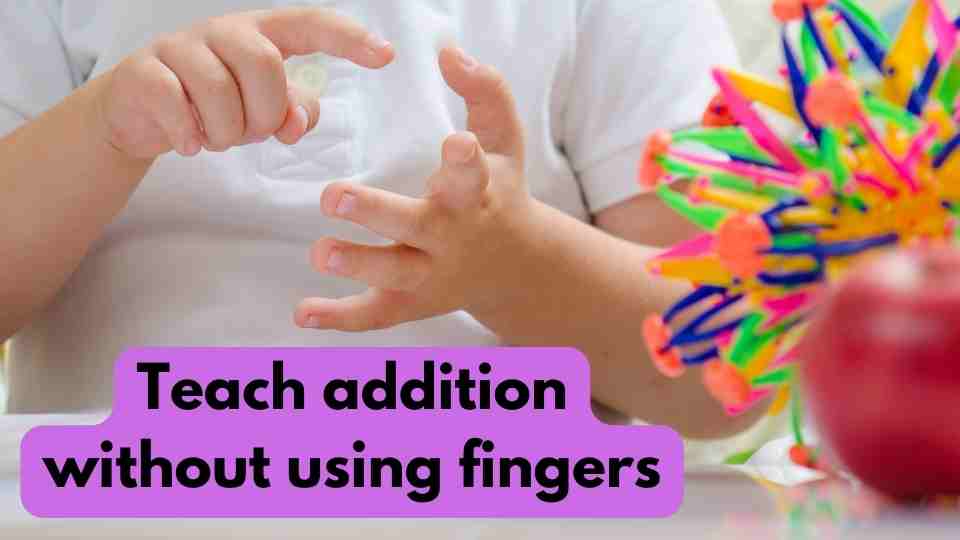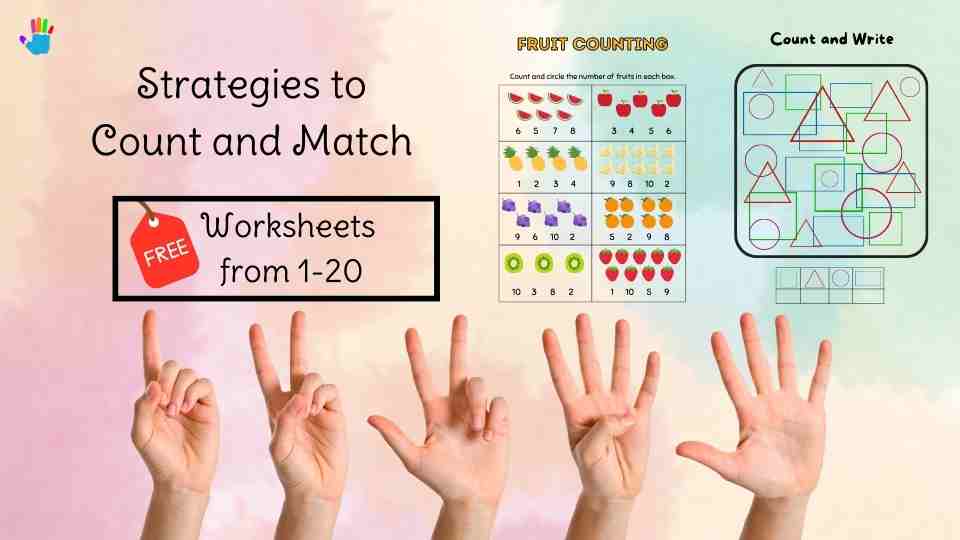2-Digit Addition Worksheets: Enhancing Math Skills with Fun Practice
Do you want to help your child strengthen their math skills while making it an enjoyable experience? Look no further! 2-digit addition worksheets are a fantastic tool to enhance your child’s understanding of addition while keeping them engaged. In this article, we will explore the benefits of using these worksheets, different types available, tips for effective practice, customization options, online resources, hands-on activities, and how to track progress. Let’s dive in and unlock the world of 2-digit addition!
I. Introduction
In the realm of mathematics, addition serves as a foundational skill. It forms the basis for more complex mathematical operations and is vital in everyday life. 2-digit addition worksheets provide a structured approach to learning addition for children and even adults seeking to improve their math abilities. Whether your child is just starting or needs a refresher, these worksheets offer a comprehensive and enjoyable way to enhance their skills.
II. Benefits of 2-Digit Addition Worksheets
Improvement of Basic Math Skills
By practicing 2-digit addition regularly, learners can master the fundamental principles of adding numbers together. The repetitive nature of worksheets helps build a strong foundation in arithmetic, which lays the groundwork for more advanced math concepts.
Enhancement of Mental Math Abilities
Engaging in mental math is a valuable skill that enables individuals to solve problems quickly and efficiently. 2-digit addition worksheets encourage mental math strategies, such as breaking down problems into smaller steps and using known facts to simplify calculations. Through consistent practice, learners can improve their mental math abilities and become more confident in their mathematical thinking.
Development of Problem-Solving Skills
2-digit addition worksheets provide learners with various problem-solving scenarios. By encountering different types of addition problems and applying different strategies to solve them, learners develop critical thinking and problem-solving skills. They learn to analyze problems, choose appropriate methods, and arrive at accurate solutions.
Boost in Confidence in Math
Mathematics can be challenging for some learners, leading to a lack of confidence in their abilities. However, when learners consistently practice with 2-digit addition worksheets and witness their progress, their confidence in math grows. Solving problems successfully and independently boosts self-esteem and motivates learners to tackle more complex mathematical concepts.
III. Types of 2-Digit Addition Worksheets
To cater to different learning needs, there are various types of 2-digit addition worksheets available. Let’s explore some common types:
Worksheets with Regrouping
Regrouping, also known as carrying, is an essential concept in 2-digit addition. Worksheets with regrouping require learners to carry over the tens place value when the sum of two digits exceeds nine. These worksheets help learners understand the concept of regrouping and strengthen their skills in adding larger numbers.
Worksheets without Regrouping
For learners who are still grasping the basics of addition, worksheets without regrouping are a great starting point. These worksheets focus on adding two-digit numbers without requiring learners to carry over the tens place value. They provide a solid foundation for learners to understand the mechanics of addition before moving on to regrouping.
Vertical Addition Worksheets
Vertical addition worksheets present addition problems in a vertical format, aligning the digits vertically. This format allows learners to visualize the column-wise addition process more clearly. Vertical addition worksheets are commonly used to teach and reinforce the concept of regrouping.
Horizontal Addition Worksheets
In contrast to vertical addition worksheets, horizontal addition worksheets present addition problems in a horizontal format. This format provides learners with a different perspective and reinforces their understanding of addition in a horizontal arrangement. Horizontal addition worksheets are beneficial for practicing mental math strategies and improving fluency in addition.
IV. How to Use 2-Digit Addition Worksheets
Now that we’ve explored the benefits and types of 2-digit addition worksheets, let’s dive into how to effectively utilize these worksheets for maximum learning.
- Provide step-by-step instructions: Before starting the worksheet, read the instructions aloud or explain them to your child. Ensure they understand the objectives and the specific steps required to solve the problems.
- Explain the concept of regrouping (if applicable): If using worksheets with regrouping, take the time to explain the concept of regrouping or carrying over the tens place value. Use visual aids, such as base-10 blocks or drawings, to illustrate the process and make it more tangible.
- Include examples and practice exercises: Begin with a few examples together, demonstrating how to solve them step by step. Then, encourage your child to practice independently with similar exercises. Gradually increase the difficulty level as they become more comfortable with the concept.
- Encourage self-checking: After completing each worksheet, encourage your child to review their answers and check for any errors. This promotes self-assessment and helps them identify areas where they may need additional practice or support.
By following these guidelines, you can ensure that your child gains maximum benefit from using 2-digit addition worksheets and develops a strong understanding of addition concepts.
V. Tips for Effective Practice
While working with 2-digit addition worksheets, consider implementing the following tips to make practice sessions engaging and effective for learners:
- Break down problems into smaller steps: Encourage learners to break down complex addition problems into smaller, more manageable steps. This approach helps them focus on one digit at a time, reducing the chances of errors and promoting a systematic problem-solving approach.
- Use manipulatives or visual aids: Manipulatives, such as base-10 blocks, counters, or number lines, can enhance understanding and engagement. These hands-on tools provide a tangible representation of numbers and help learners visualize the addition process.
- Encourage mental math strategies: Encourage learners to use mental math strategies when appropriate. For example, they can decompose numbers, use doubles or near doubles, or apply number relationships to simplify calculations. Mental math not only improves speed but also strengthens number sense.
- Practice regularly and gradually increase difficulty: Consistency is key to mastering 2-digit addition. Set aside regular practice sessions and gradually increase the difficulty level of the worksheets. This progressive approach challenges learners while ensuring they build upon their existing skills.
- Provide positive reinforcement: Celebrate progress and achievements to motivate learners. Offer praise, rewards, or a sense of accomplishment when they complete worksheets accurately or improve their speed. Positive reinforcement fosters a positive attitude towards math and encourages perseverance.
Remember, effective practice goes beyond mere completion of worksheets. It involves active engagement, critical thinking, and applying learned concepts to real-life situations.
VI. Customizing 2-Digit Addition Worksheets
To cater to individual needs and make learning more enjoyable, you can customize 2-digit addition worksheets. Here are some ideas:
- Tailoring worksheets to individual needs: Adjust the difficulty level of worksheets to match your child’s proficiency. Gradually increase the complexity as they gain confidence and mastery.
- Adding visual elements and colors for engagement: Incorporate visual elements, such as pictures or colorful illustrations, into the worksheets. Visual stimuli can make the learning experience more engaging and help learners connect with the concepts better.
- Incorporating real-life scenarios into problem sets: Make the addition problems relatable to real-life situations. For example, include problems related to money, measurements, or everyday scenarios. This helps learners understand the practical applications of addition and fosters a deeper connection to the subject.
By customizing worksheets, you can personalize the learning experience and address the specific needs and interests of your child.
VII. Online Resources for 2-Digit Addition Worksheets
The internet provides a wealth of resources for accessing 2-digit addition worksheets. By utilizing these online resources, you can supplement traditional worksheets with interactive and engaging activities, making the learning experience more dynamic.
VIII. Supplementing Worksheets with Hands-on Activities
While worksheets are valuable for practicing addition skills, incorporating hands-on activities can further enhance learning. Here are a few suggestions:
Base-10 block exploration: Use base-10 blocks to physically represent 2-digit numbers and encourage learners to explore addition by combining and regrouping the blocks. This hands-on approach helps solidify the concept of regrouping and provides a concrete understanding of place value.
- Math card games: Play math card games that involve 2-digit addition. Use a deck of cards and assign values to each card (e.g., Ace as 1, Jack as 11, Queen as 12). Create addition problems by drawing cards and challenging learners to solve them mentally or with paper and pencil.
- Real-life addition scenarios: Incorporate addition into everyday activities. For example, during a grocery shopping trip, ask your child to calculate the total cost of items or determine the change from a given amount. This hands-on application of addition skills helps learners see its relevance in practical situations.
Supplementing worksheets with hands-on activities not only adds variety but also reinforces understanding through tactile experiences and real-world connections.
IX. Tracking Progress and Rewards
Tracking progress is essential to monitor your child’s growth and provide motivation. Consider the following tips:
- Keep a record: Maintain a record of completed worksheets or keep a math journal where your child can showcase their progress. This visual representation allows them to see how far they’ve come and instills a sense of accomplishment.
- Set goals: Establish achievable goals for your child’s addition skills. Break larger goals into smaller milestones, and celebrate each milestone achieved. This approach fosters a sense of progress and keeps learners motivated.
- Reward and celebrate: Recognize your child’s efforts and achievements with rewards or small celebrations. It could be a sticker chart, a special treat, or a fun outing. Positive reinforcement helps build a positive attitude towards math and encourages continued practice.
Tracking progress and providing rewards not only motivates learners but also highlights the importance of perseverance and effort in achieving goals.
X. Conclusion
2-digit addition worksheets serve as valuable tools for improving math skills, enhancing mental math abilities, and developing problem-solving skills. By practicing with these worksheets, learners gain confidence in their mathematical abilities and build a solid foundation for more complex mathematical concepts. Remember to customize worksheets, explore online resources, incorporate hands-on activities, and track progress to create an engaging and effective learning experience. With regular practice and a positive attitude, learners can excel in 2-digit addition and develop a lifelong love for math.
Download 2 Digit Addition pdf Worksheets here:
2 Digit Addition Worksheets
Download printable Pdfs using above links.
XI. FAQs
1. What age group is suitable for 2-digit addition worksheets?
2-digit addition worksheets are generally suitable for elementary school-aged children, typically around 7 to 9 years old. However, the suitability may vary depending on individual learning levels and progress.
2. Are there any online resources for interactive practice?
Yes, several websites and apps offer interactive practice for 2-digit addition. Some reputable platforms provide printable worksheets and interactive games, respectively.
3. How can I help my child if they struggle with regrouping?
If your child struggles with regrouping, provide additional visual aids, such as base-10 blocks or drawings, to help them understand the concept. Break down the regrouping process into smaller steps and offer plenty of practice opportunities with gradually increasing difficulty.
4. Can I create my own customized worksheets?
Yes, you can create your own customized worksheets using online worksheet generators or even by hand. This allows you to tailor the worksheets to your child’s specific needs and learning objectives.
5. Are there any mobile apps for practicing 2-digit addition?
Certainly! Mobile App A is a great option for practicing 2-digit addition on a smartphone or tablet. It offers a variety of games and challenges designed to improve addition skills while being convenient for on-the-go learning.





